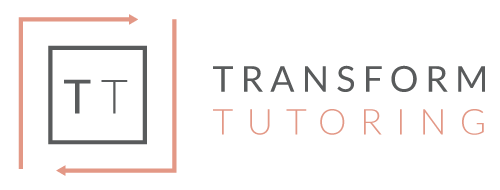The last year has been a whirlwind for students, particularly those who are planning for college. With the realities of receiving the “college experience” looking bleak, students have debated whether waiting to enroll or even opting for online community college would be the better move. After all, with the type of investment college requires you can’t blame a student for wanting to get their money’s worth.
College Decisions By The Numbers
According to a recent survey, 58 percent of high school counselors say students are waiting to enroll in college until after campuses enroll and 50 percent say students show a preference for online or community colleges. That said, the survey also found that young people’s attitudes toward higher education remains positive. Although nearly one-third of students say they’re likely to consider a gap year before college, 90 percent are still planning to attend a four-year college or university eventually.
Source: Adobe Education
How Are Students Feeling
.According to a recent survey of high school seniors, 92% reported feelings of fear and anxiety about attending college. Their top concerns are:
fear of not being able to afford college (69.7%);
fear of making the wrong decision (51.6%);
fear of grades and test scores preventing them from getting accepted (46.5%);
fear of being emotionally/socially prepared (39.8%); and
fear of moving away from home and fitting in (27.1%).
Data from Eduventures Research revealed that one-in-two students from the class of 2021 expressed concern about the ability to communicate with their high school counselor and teachers. Further, 65% of at-risk students reported having concerns about applying to college during the pandemic, including concerns about managing applications, wishing they could have visited a campus, and concerns about their grades in remote/hybrid learning.
Source: ACT Inc.
A Shift In Education?
Providing learning opportunities outside the classroom may be key to preparing today’s students for the workforce too. A survey found that 57 percent of high school students believe what they learn outside of school is more important to their futures — a 30 percent increase from 2016.
That’s why it’s mission-critical for educators to prioritize skills like creativity, critical thinking, problem-solving and communication, even beyond the four walls of the traditional classroom.
By integrating accessible digital learning tools into curriculum, schools can foster these 21st-century skills no matter where students are and encourage independent thinking and learning.
Source: Adobe Education
The circumstances of the last year have no doubt jolted the feelings of higher education for students. I feel this when I discuss college plans with families and when students share their thoughts during our sessions. I believe a shift to embracing gap years, remote education, and independent learning efforts is coming and maybe the pandemic was just the spark that will kickstart this trend.

